Home>Storage & Organization>Kitchen Organizing Tools>How To Train A Ferret To Use A Litter Box
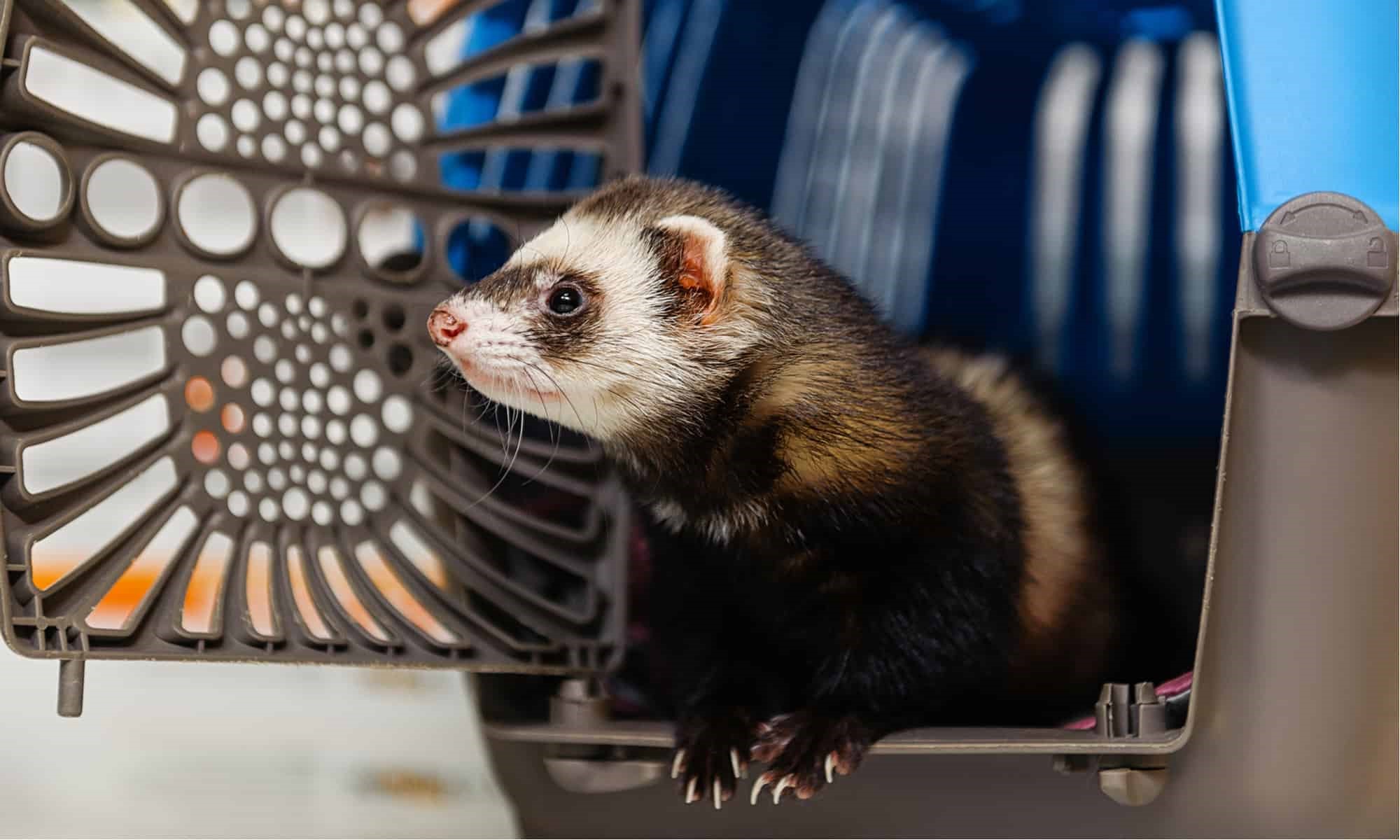

Kitchen Organizing Tools
How To Train A Ferret To Use A Litter Box
Modified: October 20, 2024
Discover effective tips and techniques for training your ferret to use a litter box. Find the best kitchen organizing tools to keep your space tidy and efficient. Unlock the secrets to successful ferret training and kitchen organization!
(Many of the links in this article redirect to a specific reviewed product. Your purchase of these products through affiliate links helps to generate commission for Storables.com, at no extra cost. Learn more)
Introduction
Welcome to the wonderful world of ferret ownership! If you've recently welcomed a furry, playful ferret into your home, you're likely eager to ensure that they are well-behaved and well-adjusted. One essential aspect of caring for a ferret is litter box training. Just like cats, ferrets can be trained to use a litter box, making it easier for you to maintain a clean and odor-free living environment.
In this comprehensive guide, we will delve into the art of training a ferret to use a litter box. From understanding ferret behavior to choosing the right litter box and implementing effective training techniques, we'll cover everything you need to know to successfully instill this important habit in your pet ferret.
Litter box training is a crucial step in fostering a harmonious relationship between you and your ferret. By providing your ferret with the necessary tools and guidance, you can create a hygienic and comfortable living space for both your pet and yourself. So, let's embark on this journey together and equip you with the knowledge and strategies to effectively train your ferret to use a litter box.
Key Takeaways:
- Ferrets are intelligent, clean, and routine-loving pets. By understanding their behavior and using positive reinforcement, you can train them to use a litter box successfully, creating a harmonious living space for both of you.
- Choosing the right litter box and introducing it gradually to your ferret is crucial. Consistency, patience, and positive reinforcement are key to training your ferret to use the litter box effectively.
Read more: How To Make A Ferret Litter Box
Understanding Ferret Behavior
Ferrets are fascinating and lively creatures with unique behavioral traits. Understanding their natural instincts and tendencies is crucial for successful litter box training. Ferrets are inherently clean animals and prefer to designate specific areas for their bathroom needs. In the wild, they establish latrines, indicating their inclination towards maintaining cleanliness within their living spaces.
One notable aspect of ferret behavior is their predisposition to burrow and dig. This behavior is rooted in their natural instincts for hunting and nesting. When it comes to litter box training, this digging behavior can be harnessed to encourage the use of the litter box. By providing a suitable substrate and accommodating their natural digging tendencies, you can facilitate the litter box training process.
Additionally, ferrets are highly intelligent and can be trained to recognize and use a designated bathroom area. They are quick learners and respond well to positive reinforcement. By leveraging their intelligence and adaptability, you can effectively teach them to associate the litter box with their bathroom activities.
Understanding the territorial nature of ferrets is also essential. They tend to mark their territory, especially when they are not spayed or neutered. This behavior can be addressed through proper litter box placement and consistent training techniques. By creating a designated bathroom area and reinforcing positive behaviors, you can mitigate territorial marking tendencies and promote litter box usage.
Furthermore, ferrets are creatures of habit and thrive on routine. Establishing a consistent schedule for feeding, playtime, and bathroom breaks can significantly aid in litter box training. By incorporating the litter box into their daily routine, you can instill a sense of predictability and structure, making it easier for them to adapt to using the litter box consistently.
In essence, comprehending ferret behavior is pivotal for successful litter box training. By recognizing their natural instincts, intelligence, territorial tendencies, and preference for routine, you can tailor your training approach to align with their innate behaviors. This understanding forms the foundation for effective litter box training, setting the stage for a harmonious coexistence between you and your beloved ferret.
Choosing the Right Litter Box
Selecting the appropriate litter box is a pivotal step in ensuring successful litter box training for your ferret. The right litter box should cater to your ferret's size, behavior, and preferences, while also accommodating your home environment. Here's a comprehensive guide to help you make an informed decision when choosing a litter box for your furry companion.
Size and Accessibility
When it comes to ferret litter boxes, size matters. Ferrets are active and agile animals, so the litter box should be spacious enough to allow them to comfortably enter, turn around, and assume their natural digging posture. A larger litter box also helps prevent litter scatter and provides ample space for your ferret to conduct their bathroom activities without feeling confined.
Low Entry and High Sides
Opt for a litter box with a low entry point, as ferrets may struggle to access a high-sided box, especially as they age. Additionally, consider a litter box with high sides to contain litter and prevent accidental spills. This design feature helps maintain cleanliness and minimizes the need for frequent clean-ups, contributing to a hygienic living environment for both you and your ferret.
Read more: How To Train A Puppy To Use A Litter Box
Material and Durability
Choose a litter box made of durable and easy-to-clean materials, such as plastic or metal. Avoid litter boxes with rough or porous surfaces, as they can trap odors and make cleaning more challenging. Smooth, non-absorbent materials are ideal for maintaining cleanliness and ensuring the longevity of the litter box.
Corner or Freestanding Design
Consider the layout of your ferret's living space when selecting a litter box. Corner litter boxes are space-efficient and fit seamlessly into the corner of a room or enclosure. Alternatively, freestanding litter boxes offer versatility in placement and can be positioned to suit your ferret's preferences and the layout of your home.
Multiple Litter Boxes
If you have multiple ferrets or a spacious living environment, providing multiple litter boxes can promote good bathroom habits and reduce competition for access. Placing litter boxes in different areas of your home allows for convenient access and encourages consistent litter box usage, contributing to a harmonious cohabitation with your ferrets.
By considering these factors and selecting a litter box that aligns with your ferret's needs and your home environment, you can lay a solid foundation for successful litter box training. The right litter box not only facilitates the training process but also contributes to a clean, comfortable, and hygienic living space for your beloved ferret.
Introducing the Litter Box to Your Ferret
Introducing the litter box to your ferret is a crucial step in the journey towards successful litter box training. It's essential to approach this introduction with patience, understanding, and a strategic mindset. By implementing the following steps, you can effectively familiarize your ferret with the litter box and lay the groundwork for seamless training.
Read more: How To Train A Dog To Use A Litter Box
1. Placement and Accessibility
Begin by strategically placing the litter box in a location that aligns with your ferret's natural behavior and routine. Consider positioning the litter box in a quiet, easily accessible area of your ferret's living space. Avoid high-traffic areas or locations that may cause your ferret to feel exposed or stressed. By providing a sense of privacy and security, you can encourage your ferret to explore and acclimate to the litter box at their own pace.
2. Familiarization and Exploration
Allow your ferret to become familiar with the litter box by introducing it as a part of their environment. Place the litter box in a designated spot and observe your ferret's curiosity. Encourage exploration by placing a few of their favorite toys or treats near the litter box to create a positive association. This approach helps your ferret view the litter box as an integral and non-threatening element of their living space.
3. Positive Reinforcement
When your ferret shows interest in or approaches the litter box, offer verbal praise, gentle petting, or a small treat to reinforce their positive behavior. Positive reinforcement creates a link between the litter box and a rewarding experience, motivating your ferret to engage with the litter box voluntarily. Consistent positive reinforcement fosters a sense of comfort and familiarity, paving the way for the next phase of training.
4. Gradual Introduction to Litter
Once your ferret exhibits comfort and curiosity around the litter box, introduce a small amount of litter into the box. Opt for a dust-free, non-clumping litter that is safe for ferrets. Allow your ferret to investigate the litter and become accustomed to its texture and scent. Encourage natural digging behavior by gently scratching the surface of the litter, demonstrating its purpose to your ferret.
Read more: How To Train A Hamster To Use A Litter Box
5. Observing and Encouraging Bathroom Behavior
As your ferret begins to explore the litter box with litter, observe their behavior closely. When you notice signs of bathroom activity, such as digging or circling, gently place your ferret in the litter box to encourage them to use it. If your ferret chooses to use the litter box, offer enthusiastic praise and a small reward to reinforce this positive behavior.
By following these steps and approaching the introduction of the litter box with patience and positivity, you can effectively familiarize your ferret with this essential bathroom tool. This gradual and encouraging approach sets the stage for the subsequent training phase, where you will guide your ferret towards consistent and successful litter box usage.
Training Your Ferret to Use the Litter Box
Now that your ferret is familiar with the litter box, it's time to embark on the training phase. This pivotal stage involves guiding your ferret towards consistent and successful litter box usage through positive reinforcement and strategic guidance. By implementing the following techniques and maintaining a patient, encouraging demeanor, you can effectively instill the habit of using the litter box in your beloved ferret.
1. Consistent Encouragement
Consistency is key when it comes to training your ferret to use the litter box. Encourage your ferret to use the litter box after waking up, after meals, and during playtime. By establishing a routine and consistently directing your ferret to the litter box during these key times, you reinforce the association between the litter box and bathroom activities.
2. Positive Reinforcement
When your ferret uses the litter box successfully, offer immediate praise and a small treat as a reward. Positive reinforcement strengthens the connection between the desired behavior and a positive outcome, motivating your ferret to repeat the behavior. Verbal praise, gentle petting, and a favorite treat serve as powerful incentives for your ferret to continue using the litter box.
3. Accidents and Corrections
In the event of accidents outside the litter box, avoid scolding or punishing your ferret. Instead, gently place them in the litter box and provide gentle encouragement. Avoid using harsh tones or physical reprimands, as these can create stress and anxiety, hindering the training process. Patience and understanding are essential when addressing accidents, as they are a natural part of the learning curve.
4. Monitoring and Adjustment
Keep a close eye on your ferret's bathroom habits and adjust the placement or type of litter as needed. If your ferret consistently avoids using the litter box, consider repositioning it to a more appealing location or experimenting with different types of litter. Observing your ferret's preferences and making necessary adjustments demonstrates your commitment to their comfort and well-being.
5. Persistence and Patience
Litter box training may require time and patience, as each ferret has its own learning pace. Stay persistent and maintain a positive attitude throughout the training process. Celebrate each successful use of the litter box and remain patient during setbacks. With unwavering dedication and a supportive approach, you can guide your ferret towards consistent and reliable litter box usage.
By incorporating these training techniques and maintaining a patient, encouraging demeanor, you can effectively instill the habit of using the litter box in your beloved ferret. This training phase serves as a crucial bridge towards establishing a hygienic and harmonious living environment for both you and your ferret.
Tips for Successful Litter Box Training
-
Patience and Consistency: Litter box training requires patience and consistency. Be prepared to invest time and effort in guiding your ferret towards adopting this essential habit. Consistent reinforcement of positive behaviors and a patient approach are key to successful training.
-
Routine and Predictability: Establish a routine for your ferret's bathroom breaks and consistently direct them to the litter box during key times, such as after waking up and after meals. Predictability creates a sense of structure for your ferret, making it easier for them to understand and adhere to the litter box routine.
-
Positive Reinforcement: Utilize positive reinforcement techniques, such as verbal praise, gentle petting, and small treats, to reward your ferret when they use the litter box correctly. Positive associations with the litter box encourage your ferret to view it as a desirable and rewarding space for their bathroom activities.
-
Observation and Adjustment: Monitor your ferret's behavior and adjust the litter box placement or litter type as needed. Observing their preferences and making necessary adjustments demonstrates your attentiveness to their needs, ultimately contributing to a more comfortable and effective training experience.
-
Avoid Punishment: Refrain from using punishment or harsh tones when addressing accidents outside the litter box. Instead, gently guide your ferret to the litter box and provide encouragement. Punishment can create stress and anxiety, hindering the training process and potentially leading to further setbacks.
-
Multiple Litter Boxes: If you have multiple ferrets or a spacious living environment, consider providing multiple litter boxes in different areas. This approach reduces competition for access and promotes good bathroom habits, contributing to a harmonious cohabitation with your ferrets.
-
Regular Cleaning: Keep the litter box clean and odor-free to encourage consistent usage. Ferrets are naturally inclined towards cleanliness, and a well-maintained litter box is more likely to appeal to their hygiene instincts.
-
Understanding Individual Pace: Recognize that each ferret has its own learning pace. Some may adapt to litter box training quickly, while others may require more time. Tailor your approach to accommodate your ferret's unique learning style and pace, allowing them to progress at their own speed.
By incorporating these tips into your litter box training regimen, you can create an environment that fosters successful and consistent litter box usage for your ferret. With patience, positive reinforcement, and a keen understanding of your ferret's needs, you can guide them towards embracing the litter box as an integral part of their daily routine.
Read more: How To Train A Stray Cat To Use A Litter Box
Conclusion
In conclusion, litter box training is a fundamental aspect of caring for a pet ferret, and it plays a pivotal role in fostering a clean, hygienic, and harmonious living environment for both the ferret and its human companions. By understanding the natural behaviors and instincts of ferrets, selecting the right litter box, and implementing strategic training techniques, ferret owners can successfully instill the habit of using the litter box in their furry companions.
Throughout this comprehensive guide, we have explored the intricate nuances of ferret behavior, emphasizing their cleanliness, intelligence, and adaptability. Understanding these traits forms the cornerstone of effective litter box training, enabling ferret owners to tailor their approach to align with their pet's innate tendencies.
The process of introducing the litter box to a ferret involves patience, positive reinforcement, and a gradual acclimation to the new environment. By creating a positive association with the litter box and encouraging natural behaviors, ferret owners can lay the groundwork for successful training.
Furthermore, the training phase itself requires consistency, patience, and a supportive approach. Positive reinforcement, routine establishment, and attentive observation are key elements in guiding ferrets towards consistent and reliable litter box usage. Additionally, the incorporation of multiple litter boxes, regular cleaning, and a deep understanding of individual learning paces contribute to a comprehensive and effective training experience.
As ferret owners embark on the journey of litter box training, it is essential to embrace the unique learning pace and personality of each ferret. By recognizing and respecting these individual differences, ferret owners can tailor their training approach to suit the specific needs and preferences of their beloved pets.
In essence, successful litter box training not only promotes cleanliness and hygiene but also strengthens the bond between ferret and owner. It fosters a sense of trust, understanding, and mutual respect, laying the foundation for a fulfilling and harmonious relationship.
By embracing the insights and strategies outlined in this guide, ferret owners can embark on the journey of litter box training with confidence, patience, and a deep appreciation for the unique qualities of their furry companions. Ultimately, the successful integration of the litter box into a ferret's routine enhances the overall well-being and happiness of both the ferret and its human family, creating a nurturing and enriching environment for all involved.
Frequently Asked Questions about How To Train A Ferret To Use A Litter Box
Was this page helpful?
At Storables.com, we guarantee accurate and reliable information. Our content, validated by Expert Board Contributors, is crafted following stringent Editorial Policies. We're committed to providing you with well-researched, expert-backed insights for all your informational needs.
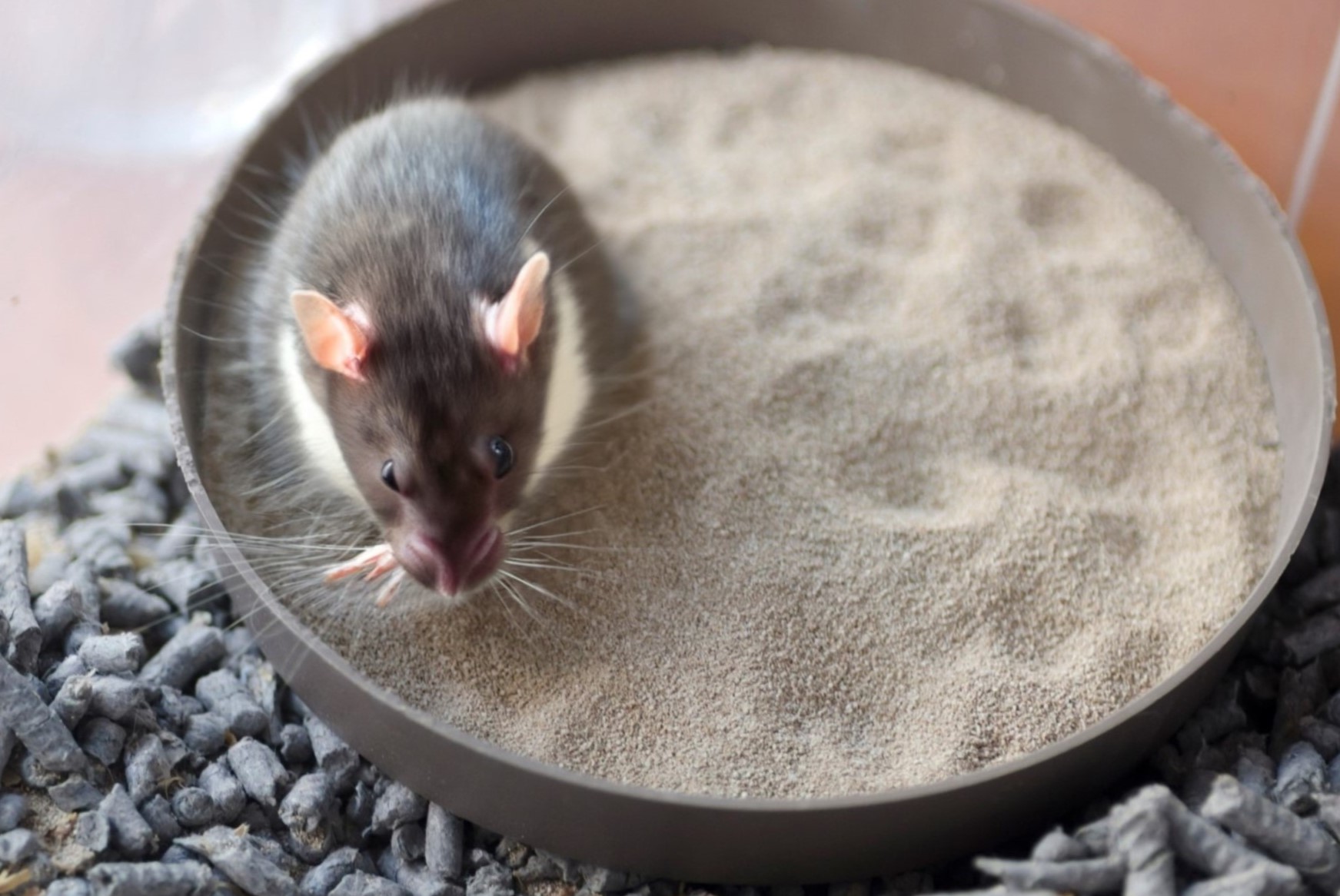
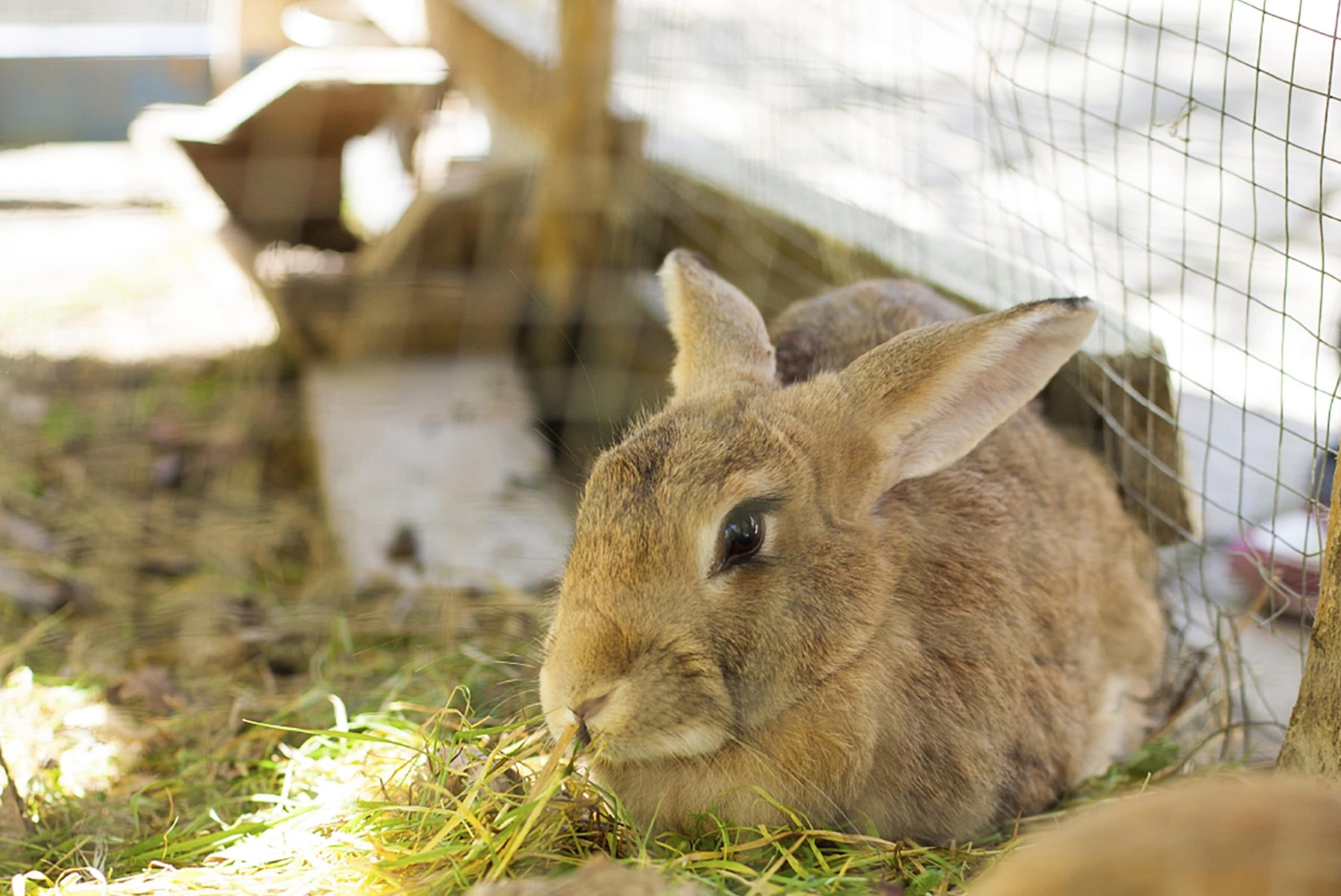

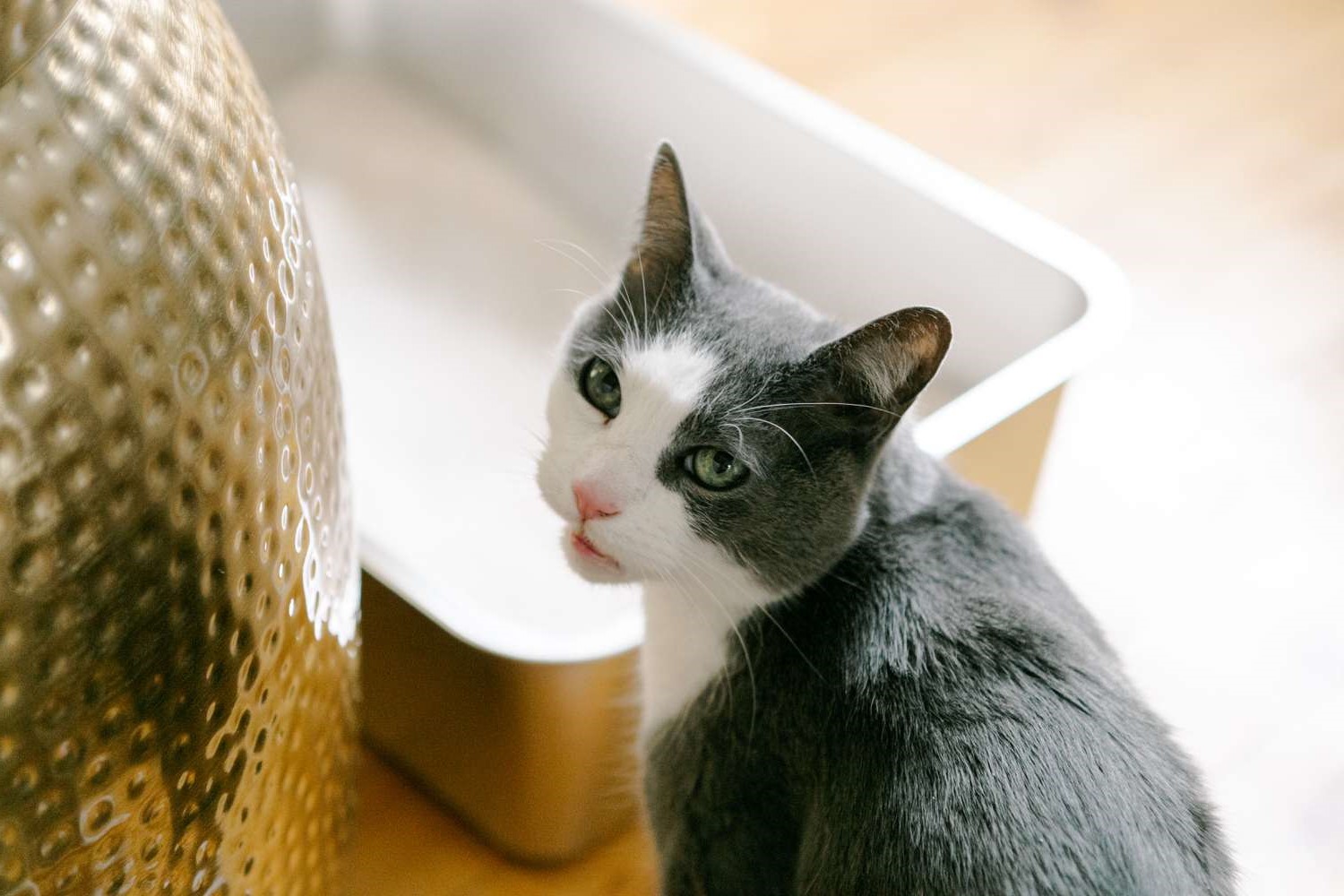
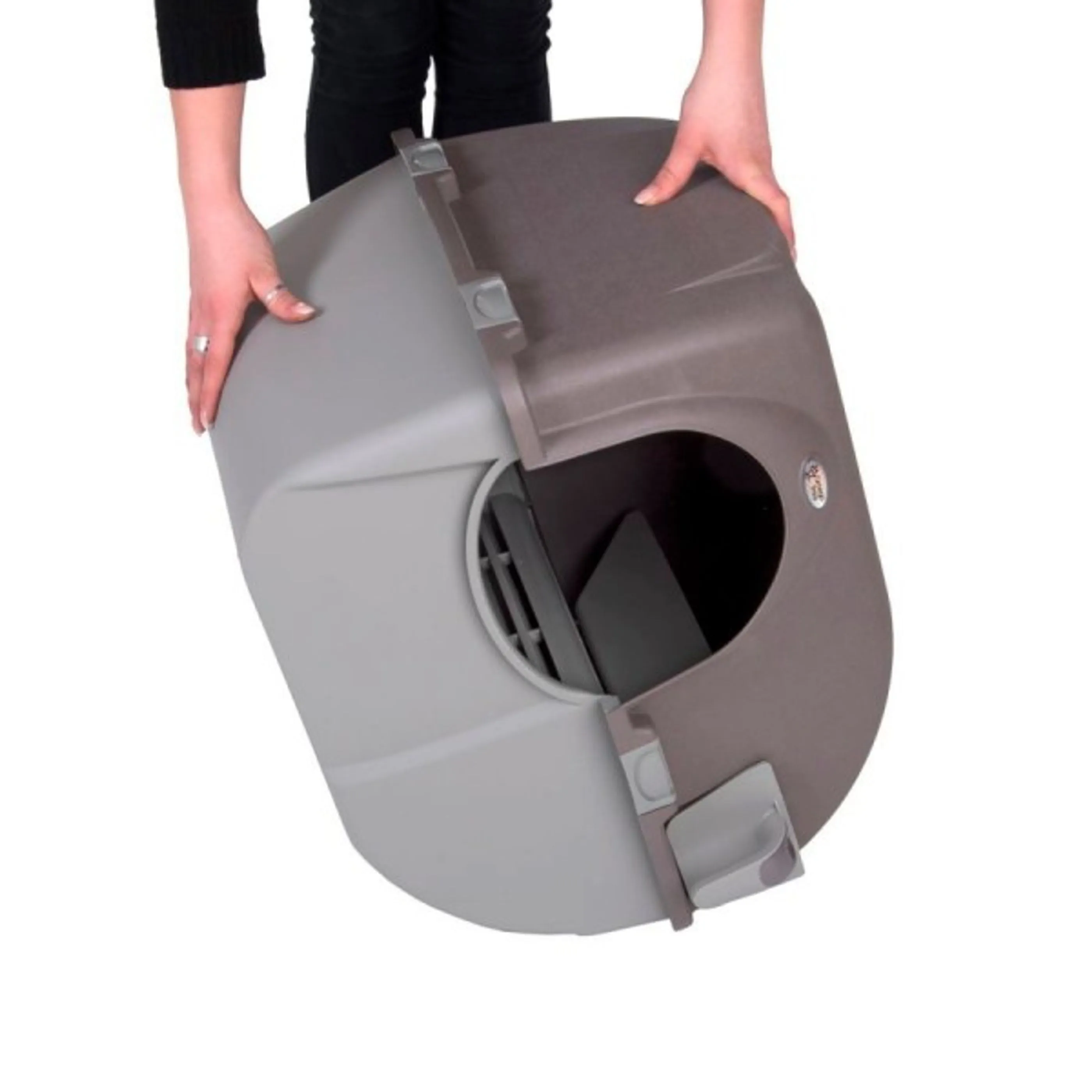

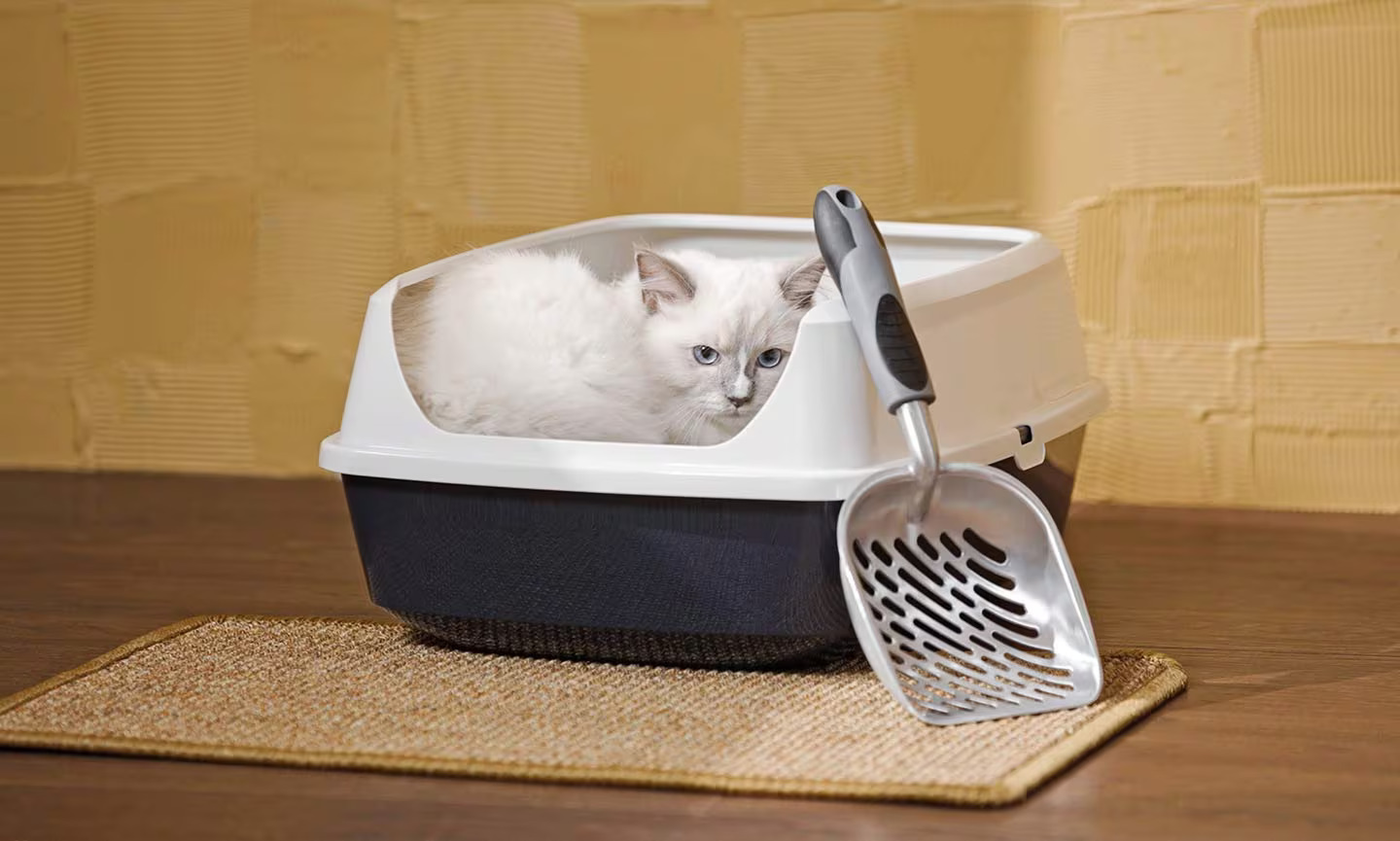

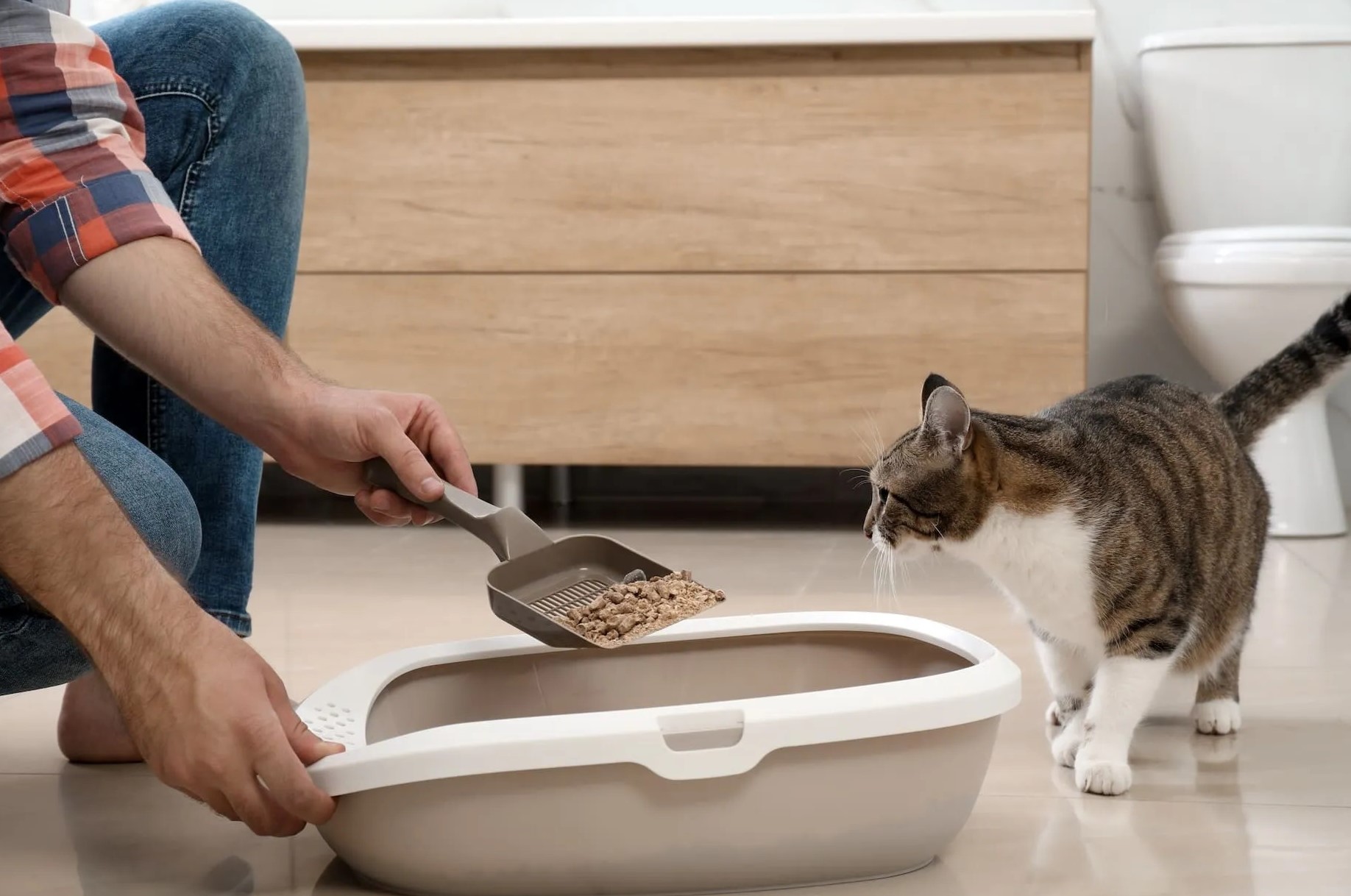
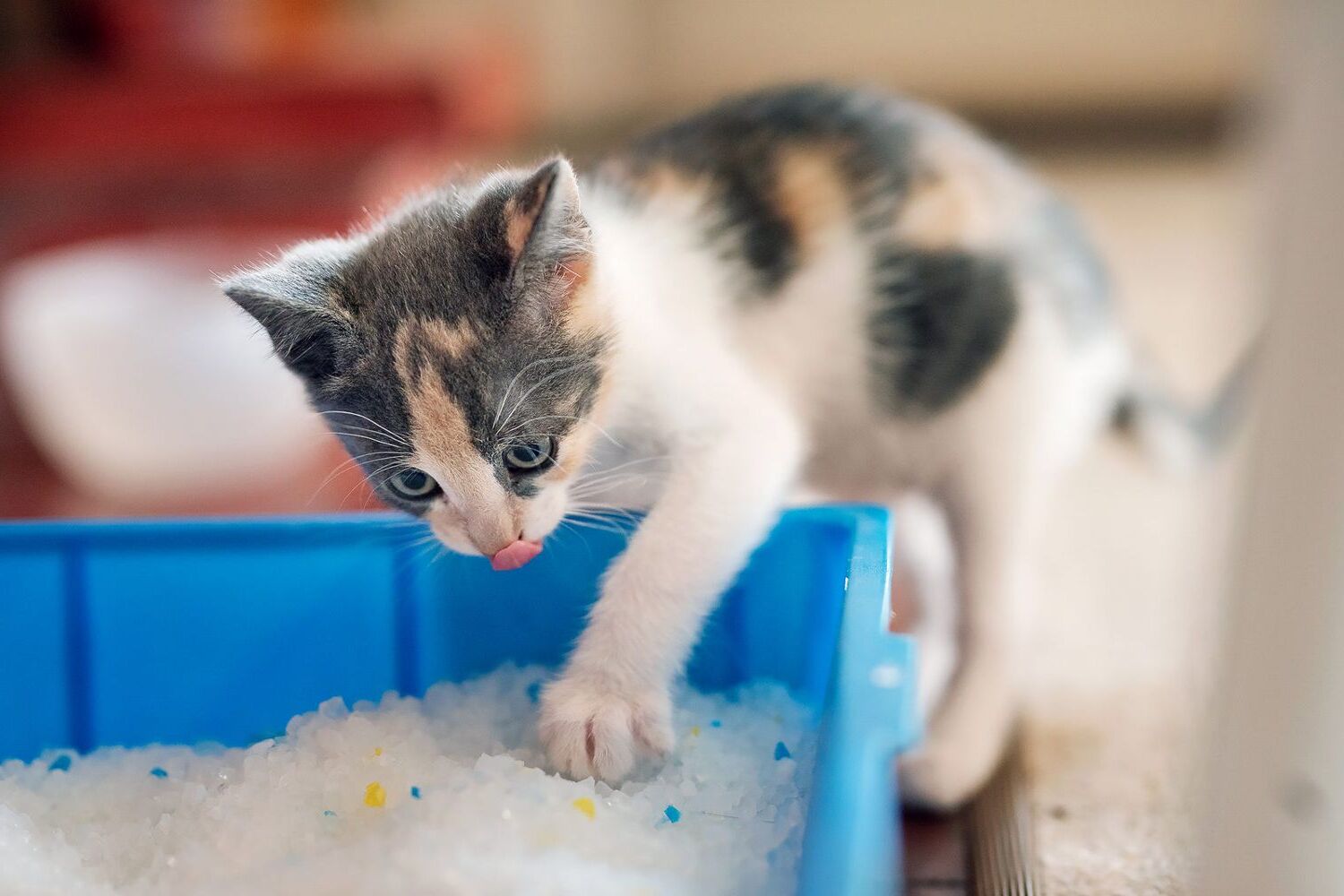

0 thoughts on “How To Train A Ferret To Use A Litter Box”